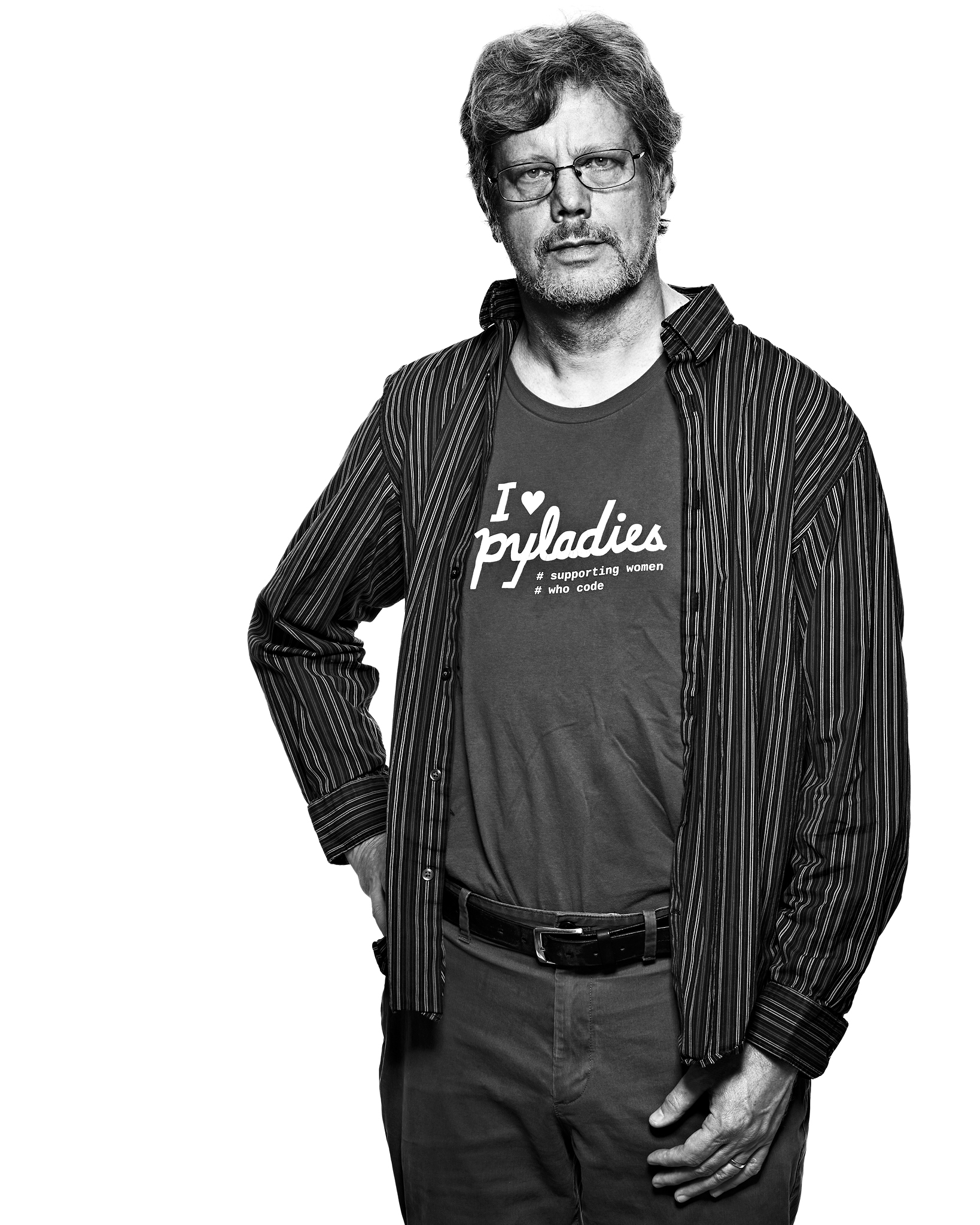
Navigation: Home

Birth: July 6th, 1961
Major Academic Events: During his few years of high school, Eich attended Ellwood P. Cubberly. Extending his academic years, he continued his studies at the University of Illinois Urbana Champaign as well as Santa Clara University. Eich gained a bachelor’s degree in mathematics and computer science from Santa Clara University, and eventually a master’s degree from the University of Illinois at Urbana Champaign.
Contributions to Computer Science: Eich joined forces with Netscape after college and created JavaScript in 1995 when he was an employee, he also co-founded Mozilla in 1998. In 2014, he was appointed as the CEO of Mozilla, but he resigned after just 11 days of being a CEO due to various issues. Brendan is now the CEO of Brave Software, a company that developed the Brave browser and additionally co-created Basic Attention Token. BAT is an in-browser cryptocurrency that rewards users for browsing the internet by displaying ads.
Sources: Brendan Eich- A Tribute
Brendan Eich- Don't blame cookies and JavaScript

Birth: January 31st, 1956
Major Academic Events:Rossum attended the respected Stedelijk Gymnasium Haarlem during his high school years. He continued his education at the University of Amsterdam, where he retained a master's degree in mathematics and computer science. Additionally, in 1974, Rossum won a bronze medal at the International Mathematical Olympiad.
Contributions to Computer Science: Soon after completing his college studies, he moved to America in hopes of pursuing research in his field. Rossum worked at many companies in many positions such as programming, developing programming languages, operating systems, engineering, and non-profit research. Throughout all these jobs, Rossum continued in a side plan of creating the, now famous, programming language we know today as Python. Python is a multi-use programming language, often incorporated in apps, games, operating systems, data, etc. Rossum received many awards and honorific titles for this life-changing accomplishment in computer science.
Sources: Computer History Museum- Guido van Rossum
The Power of Python- An Interview

Birth: December 9th, 1906
Death: January 1st, 1992
Major Academic Events: Hopper graduated from Vassar College with degrees in mathematics and physics and soon taught mathematics at Vassar after receiving a master’s degree from Yale. She then completed her Ph.D. in mathematics from Yale in 1934. Soon after the bombing of Pearl Harbor, Hopper decided to unite in war efforts, joining the US Naval Reserve. She was soon assigned to the Bureau of Ships Computation Project at Harvard, working on the IBM Automatic Sequence Controlled Calculator, aka MARK I, the first electromechanical computer in the US. Hopper and her team were assigned top secret calculations involving math to contribute, such as rocket trajectories and calculating software.
Contributions to Computer Science: Post wartime, the Navy declined her request for a regular commission due to age, however, she continued to work on MARK II and MARK III under Navy contracts. She soon left Harvard due to lack of permanent positions for women. After joining the Eckert-Mauchly Computer Corporation in 1949, Hopper brought up the idea of writing programs in words instead of symbols. She was denied that her plan would work, but she worked at it anyways. Finally in 1956, FLOW-MATIC, the first programming language to use word commands, was created. This aided those without a background of years of experience in the CS field and helped them become more comfortable. Hopper also worked on COBOL (common business-oriented language) and became widely recognized for "the 70's most extensively used computer language."
Sources: History of Scientific Women- Grace Hopper
Grace Murray Hopper (1906-1992): A legacy of innovation and service